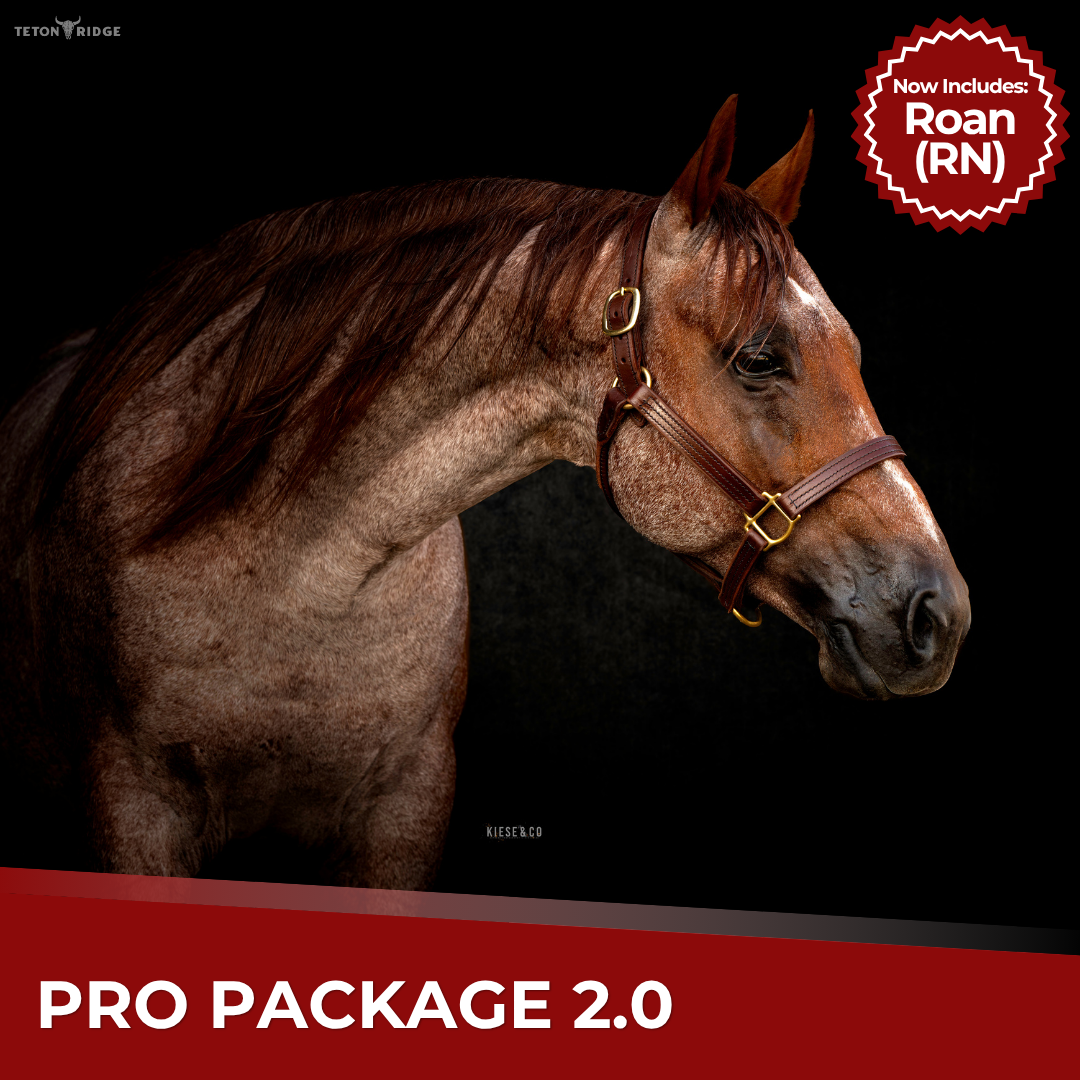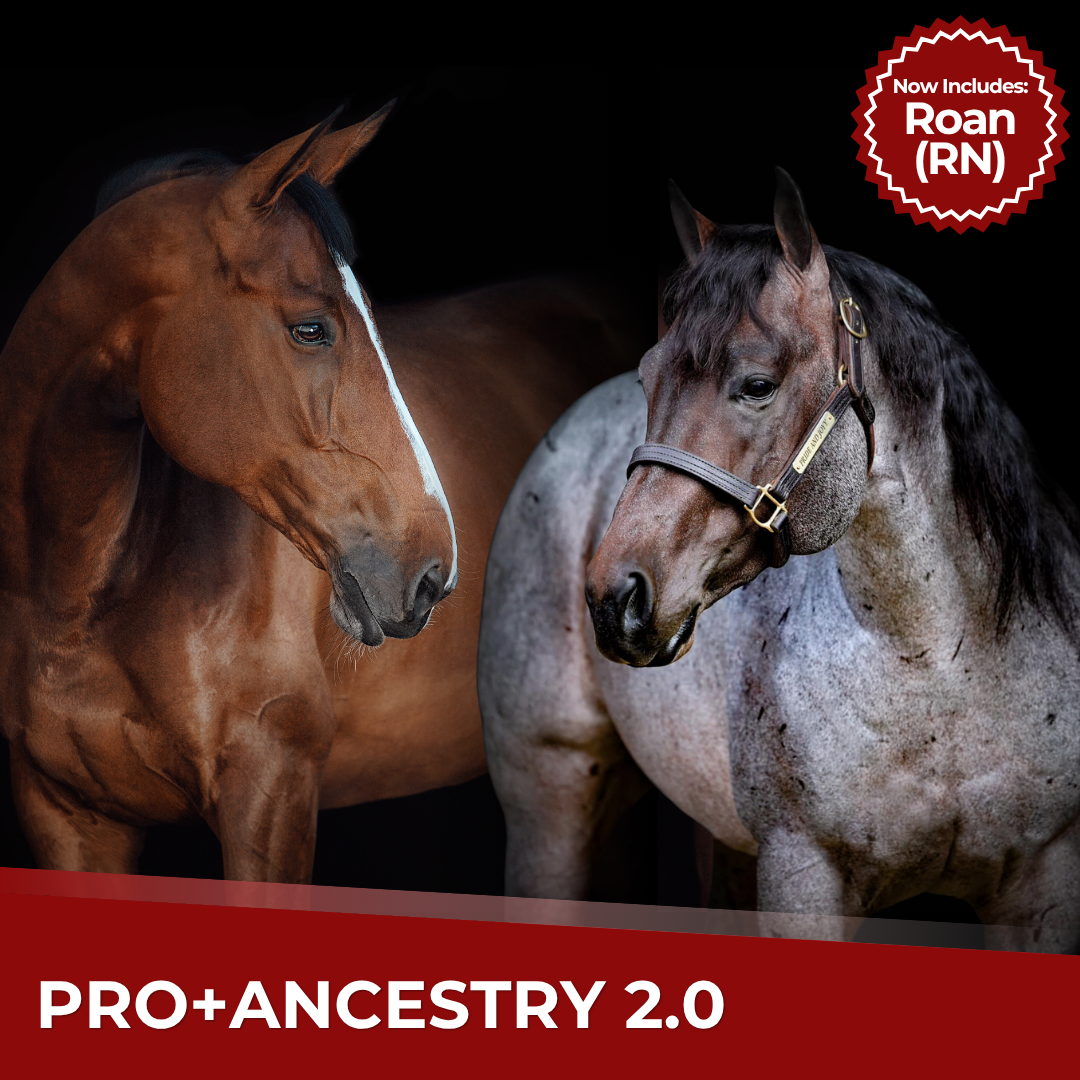This is not your typical ‘breed’ test. Our shared mission is to empower breeders to produce healthier, more suitable sport horses—regardless of discipline or pedigree—while providing tools to market their horses on a broader stage. Through this collaboration, we aim to enhance education around equine genetics and help owners seamlessly integrate these insights into their breeding, training, and sales programs.
As the exclusive partner laboratory, we are thrilled to offer discounted Maryland Sport Horse Genetic Testing—an added benefit for members of the registry. With just a single hair sample, you can unlock a wealth of information about your horse’s genetic potential. Results are completely confidential, and we provide complimentary consultations to help you make the most of these insights.
Together, we’re shaping the future of sport horse breeding in Maryland!
Registry-Specific Traits
When you select "Maryland Sport Horse" as your horse's breed on Etalon’s platform, a quick-access bar will automatically populate, highlighting the genetic traits prioritized by the registry. These traits include:
1. “Warmblood” Fragile Foal Syndrome (FFS)
A connective tissue disorder resulting in joint laxity and extremely thin skin that is only loosely connected to the body. The skin is easily torn, resulting in lacerations, hematomas, and seromas across the foal. Affected foals are euthanized shortly after birth. As FFS is a recessive disorder, horses must inherit two copies (FFS/FFS) to show the disease. Horses with only one copy (FFS/n) are known as carriers due to their ability to produce affected offspring.
Monthoux, Chloé, et al. "Skin malformations in a neonatal foal tested homozygous positive for Warmblood Fragile Foal Syndrome." BMC veterinary research 11 (2015): 1-8.
2. Foal Immunodeficiency Syndrome (FIS)
A failure in the development of the adaptive immune system. At 3-6 weeks of age, once the maternal antibodies begin to degrade, foals exhibit signs of anemia, diarrhea, and pneumonia but fail to respond to treatment for infections. Affected foals are euthanized at a young age. As FIS is an autosomal recessive condition, horses must inherit two copies (FIS/FIS) to show the condition. Horses with only one copy (FIS/n) are known as carriers due to their ability to produce affected offspring.
Fox-Clipsham, Laura Y., et al. "Identification of a mutation associated with fatal Foal Immunodeficiency Syndrome in the Fell and Dales pony." PLoS Genetics 7.7 (2011): e1002133.
Fox‐Clipsham, L. Y., et al. "Population screening of endangered horse breeds for the foal immunodeficiency syndrome mutation." Veterinary Record 169.25 (2011): 655-655.
Tallmadge, Rebecca L., et al. "Fell Pony syndrome: characterization of developmental hematopoiesis failure and associated gene expression profiles." Clinical and Vaccine Immunology 19.7 (2012): 1054-1064.
Carter, S. D., et al. "Foal immunodeficiency syndrome: carrier testing has markedly reduced disease incidence." Veterinary Record 172.15 (2013): 10-1136.
3. Chronic Idiopathic Anhidrosis Risk (CIAR)
Anhidrosis, or “non-sweater,” is a medical term describing a compromised or complete inability to sweat. As thermoregulation is done primarily through sweating, which is responsible for 65-70% of cooling, the inability to do so can be life-threatening. Anhidrosis can cause minimal or no sweat after exercise, increased respiratory rates, and dangerously high body temperatures. While acute cases may resolve over time, chronic cases can persist year-round and put horses at severe risk of overheating, collapse, or death. Horses with two copies (CIAR/CIAR) are at a high risk of developing CIAR, and carriers with one copy (CIAR/n) are at a moderate risk.
Rosa, Laura Patterson, et al. "Genomic association of chronic idiopathic Anhidrosis to a potassium channel subunit in a large animal model." Journal of Investigative Dermatology 141.11 (2021): 2639-2645.
Johnson, Eric B., Robert J. MacKay, and Jorge A. Hernandez. "An epidemiologic study of anhidrosis in horses in Florida." Journal of the American Veterinary Medical Association 236.10 (2010): 1091-1097.
4. Equine Metabolic Syndrome / Laminitis Risk (EMS / LAM)
Equine Metabolic Syndrome is a wide-spread issue in the horse population that can lead to secondary chronic conditions such as laminitis. As the inflammation from laminitis progresses, it can lead to severe damage and separation of the laminae of the hoof. Horses with one or more copies of EMS (EMS/n or EMS/EMS) are at risk for EMS and at a 9 times greater risk than “normal” horses with no copies (n/n) of developing EMS-related laminitis.
Lewis, S. L., et al. "Genomewide association study reveals a risk locus for equine metabolic syndrome in the Arabian horse." Journal of Animal Science 95.3 (2017): 1071-1079.
5. West Nile Virus Symptom Susceptibility / Risk (WNVR)
West Nile virus is a mosquito-borne virus that can infect multiple types of mammals, including horses. Infection can lead to a series of severe symptoms, most commonly encephalitis – acute inflammation of the brain. Severe neurological symptoms develop in ~8% of exposed horses, and once symptoms manifest, the fatality rate ranges from 20-40% and is higher in older horses. Horses with one copy of WNVR (WNVR/n) are at an increased risk, and those with two copies (WNVR/WNVR) are at a higher risk.
Angenvoort, J., et al. "West Nile viral infection of equids." Veterinary microbiology 167.1-2 (2013): 168-180.
Rios, Jonathan J., et al. "OAS1 polymorphisms are associated with susceptibility to West Nile encephalitis in horses." PLoS One 5.5 (2010): e10537.
6. Equine Herpes Virus Type 1 & Induced Myeloencephalopathy (EHV-1 / EHM) **EHMR
Equine Herpesvirus Myeloencephalopathy (EHM) is the neurologic disease associated with Equine Herpes Virus type 1 (EHV-1), representing one outcome of infection. This occurs to a subset of infected horses and its symptoms are painful and sometimes fatal. Neurologic signs result from inflammation of the blood vessels, blood clots, and death of neurologic tissue. Horses with one or more copies (EHMR/n) or (EHMR/EHMR) are at a 1.43x greater risk than those with no copies (n/n).
Brosnahan, M. M., et al. "Genome-wide association study of equine herpesvirus type 1-induced myeloencephalopathy identifies a significant single nucleotide polymorphism in a platelet-related gene." The Veterinary Journal 245 (2019): 49-54.
Exclusive savings with your HSM Membership!
- All Colors, Patterns, and White Markings
- All NEW Roan traits (RN1, RN2)
- All Health Risks & Conditions
- All Performance Traits
- Build-A-Horse Access
- Complimentary Consultation
Regular Price: $189
Now $179 for HSM Members with code "HSM10"!
Pro+Ancestry Bundle 2.0 Includes:
- All Colors, Patterns, and White Markings
- All NEW Roan traits (RN1, RN2)
- All Health Risks & Conditions
- All Performance Traits
- Ancestry & Breed Composition
- Find My Herd (1st, 2nd, 3rd degree relative matches)
- Horses Like Me (horses with similar genetics)
- Interactive PCA Chart (compare your horse'sgenetic content to 50+ other breeds)
- Genomic Inbreeding Value
- Thoroughbred "Blood" Percentage
- Heterozygosity
- Build-A-Horse Access
- Complimentary Consultation
Regular Price: $329
Now $319 for HSM Members with code "HSM10"!
General Questions
What is genetic testing, and why should I consider it for my horses?
Genetic testing analyzes your horse’s DNA to identify traits like health risks, health conditions, coat colors and performance. It helps owners, breeders & trainers make informed decisions on welfare management, training, and mating selections, increasing the success of their programs.
How does your ancestry differ from other tests I’ve seen?
Unlike traditional tests that only confirm your horse’s “breed,” our ancestry testing provides a comprehensive breakdown of your horse’s genetics and how they compare with others within their breed and/or discipline. Using broader “umbrella” categories, we identify common and overlapping genes that your horse shares with others globally.
Our analysis includes detailed insights such as Thoroughbred "blood" percentage, genomic inbreeding values, heterozygosity (genetic diversity), and features like “Horses Like Me” (genetically similar but not necessarily related) and “Find My Herd” (1st–3rd degree relatives). These results give you a deeper understanding of your horse’s genetic heritage, helping you uncover who they truly are and what they’re best suited for.
Is this testing mandatory?
No, testing is completely optional. However, it’s an exclusive benefit offered at a discount to HSM members, as the organization feels it is a valuable tool.
How will genetic testing benefit my breeding program?
By understanding your horse’s genetic traits, you can select pairings that reduce the risk of inherited conditions, reduce inbreeding, and improve the likelihood of producing healthy, competitive sport horses. Using our Build-A-Horse program, you can view the potential foal outcomes of your selected matches, using your horses, or those that have been made public by their owners. This allows you to select the match that creates the ideal foal for you or your clients.
I don't breed, so why should I test?
Understanding a horses genetic profile is as important for owners and trainers as it is for breeders. For example, knowing health risks may help us take proactive and preventative measures that could save us time, money and heartache in the future. On the other hand, breed composition and performance insights may help us make discipline, suitability and training decisions.
Process & Logistics
What’s involved in collecting a sample? How long does it take?
Collecting a sample is simple—just pull 30-40 mane or tail hairs, keeping the root intact.
How do I submit a hair sample for testing?
Once you purchase & activate your code, you'll follow the steps to print your sample submission form. Then, pull the sample and mail it back to us with your form.
How long does it take to get the test results back?
Results are typically ready within 7-10 business days from when we receive your sample. Need it faster? Please inquire about our expedited services.
Confidentiality & Privacy
Are my test results confidential? Who will have access to them?
Yes. Your results—your data! These results are completely confidential and entirely yours, unless you choose to share them with others. You can also decide to make your profile partially public, such as health-only, or ancestry-only. This is valuable if you are looking to breed or sell your horse, as we offer tags such as frozen semen, embryos offered, stallion standing, sale, lease, etc. for your advertising purposes.
Can I share my results with buyers or other breeders?
Absolutely! Sharing results can help demonstrate the value of your horse’s genetics and provide transparency to potential buyers or breeders. If your horse’s profile is public, others can view it & contact you directly through Etalon’s interactive platform. This includes frozen semen opportunities, stallions standing at stud, recipient mares, and even sale horses. If you choose to keep your profile private, you can simply save a customized PDF or print it out and provide it to potential buyers/clients.
Results & Applications
How can I use the results to improve my breeding program?
Use the results to match horses with compatible traits while avoiding passing on or combining undesirable traits. This will help you focus on producing healthy, competitive offspring across multiple generations and disciplines. You can easily view this information by utilizing our interactive platform, and by predicting foal outcomes with our Build-A-Horse program.
What if the results show an undesirable trait—what should I do?
Knowing about undesirable traits helps you plan breeding & training decisions carefully to minimize risks and improve outcomes in future generations. Knowledge is power, and by using these genetic insights, you can proactively manage your horse’s health and performance.
How can this help me improve my horse's training?
By understanding key performance traits like temperament and speed, you can tailor training programs to each horse, optimizing every session. For instance, the "speed" trait reveals your horse’s underlying muscle composition. Sprint-type horses, with more fast-twitch muscle fibers, thrive on high-intensity, short-duration training. Meanwhile, endurance-type horses, which have more slow-twitch fibers, excel with aerobic conditioning that leverages their natural ability for sustained effort.
Science & Trust
How accurate are the test results?
The platform uses advanced, scientific, and highly accurate methods to ensure reliability in identifying genetic traits and risks.
Who analyzes the samples, and what makes this testing trustworthy?
Your samples are analyzed by experts in equine genetics using state-of-the-art technology. We implement quality control methods at every stage of the process, from DNA extraction and sequencing to final review of data, ensuring results that you can trust.
Is this testing backed by scientific research?
Yes! Etalon does NOT offer any test that has not been published in a peer-reviewed, scientific journal. Our in-house team works with some of the industry's top veterinarians, trainers, breeders and scientists, ensuring our research and validation is continuously updated and our testing remains current & relevant. As a bonus, we collaborate with the most important expert—the person who knows and understands the horse best: you.
Impact on Sport Horses
How does this testing help ensure the future of competitive sport horses in Maryland?
By identifying and promoting healthy genetics, we can produce stronger, more competitive horses while preserving the integrity of the sport.
Will genetic testing affect the tradition and heritage of sport horses?
This test enhances what breeders already do—carefully selecting and pairing horses—by adding a layer of knowledge to support the tradition.
What’s the connection between genetic testing and Horse Sport Maryland?
As the exclusive laboratory for Horse Sport Maryland's genetic testing, Etalon is proud to offer discounted testing to HSM members. This provides breeders and owners with an added tool to not only maintain, but increase the excellence of their sport horses.
Still need help deciding? Purchased and want a complimentary consultation?
We are happy to assist!
Call, text or email us at 650.380.2995 or info@etalondx.com
Deep Dive into Genetic Insights
Our DNA panels provide precise analysis of key traits, giving you a comprehensive understanding of your horse's genetic composition. Identify potential health risks, reveal coat variations, and access performance-related markers with unparalleled accuracy.
Fast, Easy, and Simple
A simple hair sample is all we need: all the genetic data is found in the root of the hair! Simply pull 40 mane or tail hairs, mail them in, and you'll receive your horse's unique results within 7-10 business days after the sample is received by our lab.
.png)



